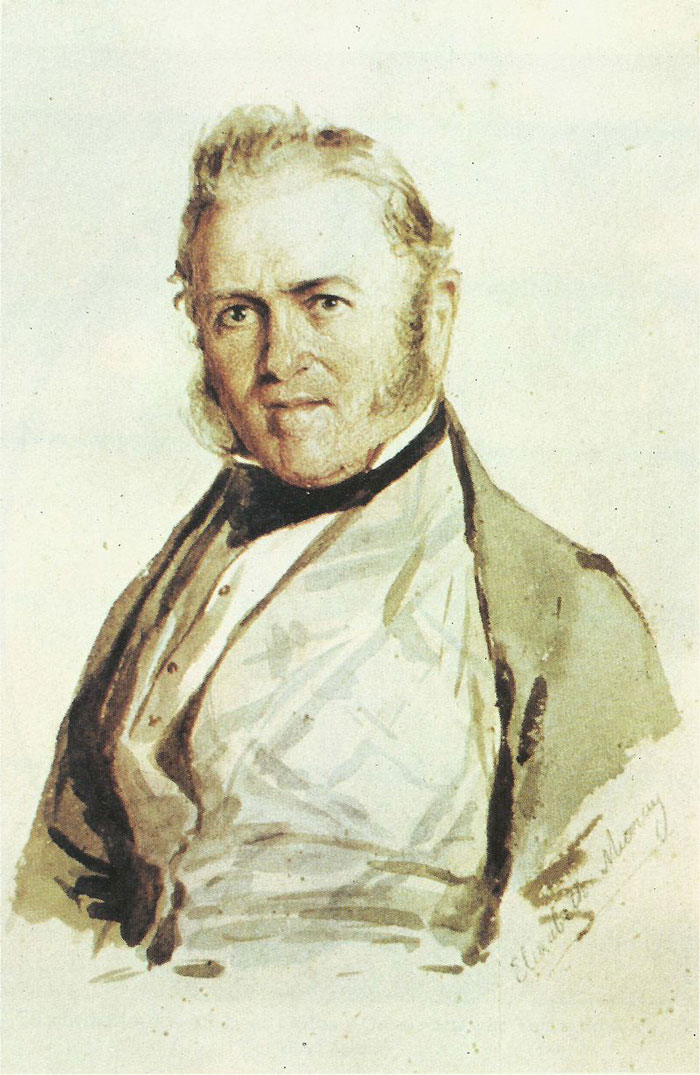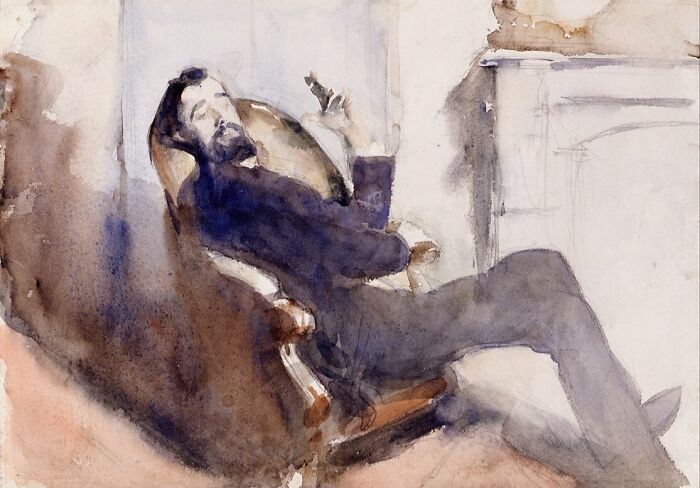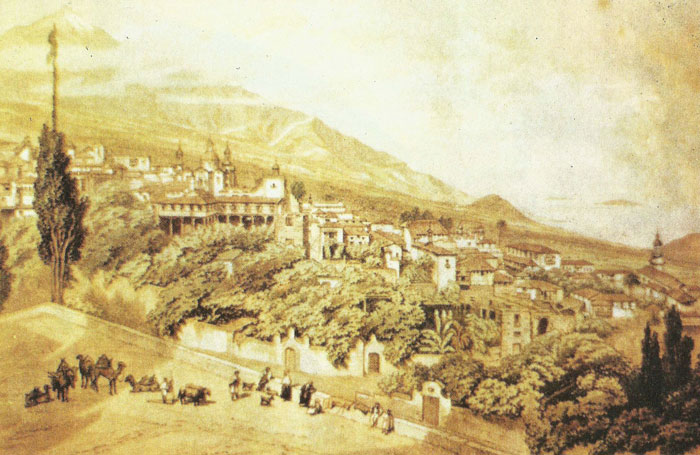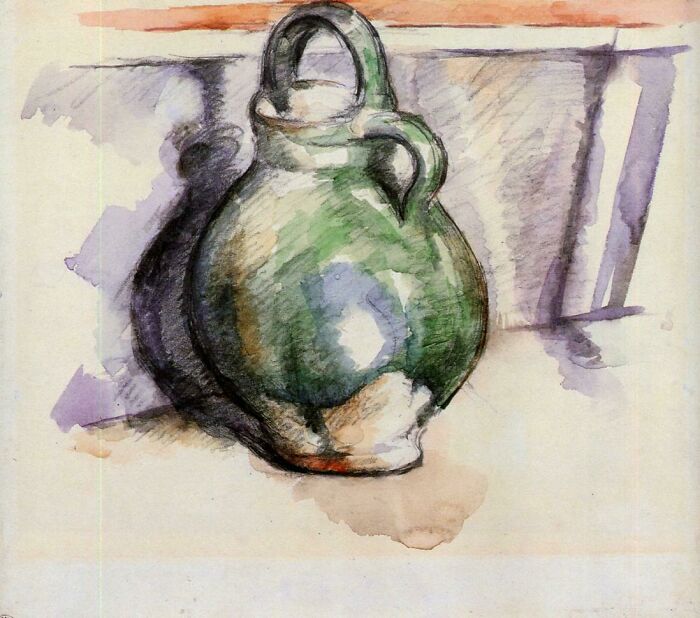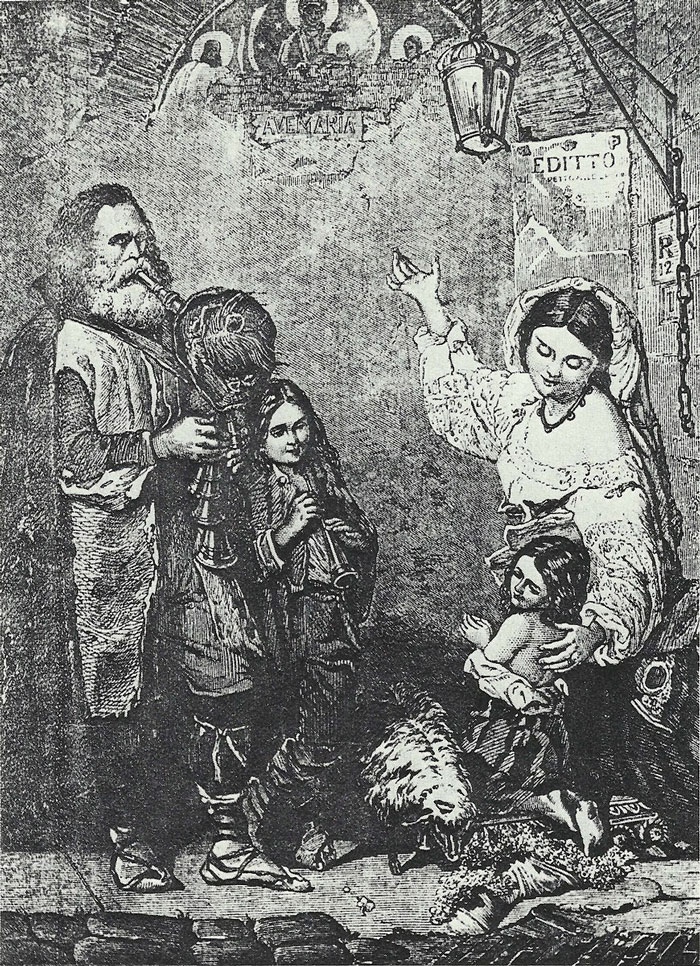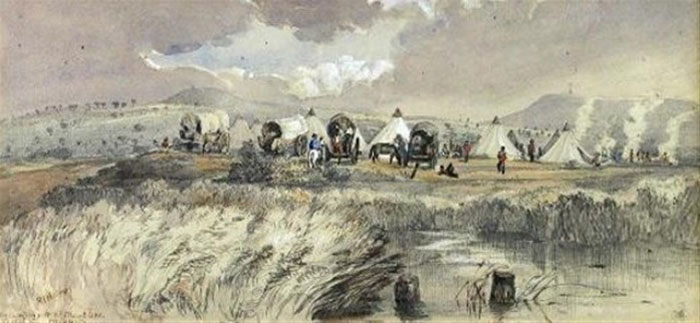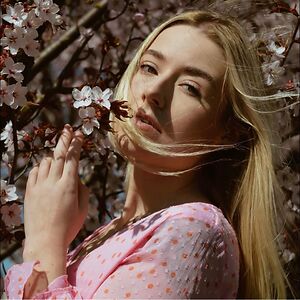After covering famous still-life paintings, it was almost natural for us to write about the medium often utilized in the still-life genre. With watercolors, one may create nearly any genre of art, from vivid abstracts and crisp photorealist portraits to anatomical sketches and urban landscapes. Hence, no wonder some of the most famous artists utilized the watercolor technique in numerous, now considered some of the most famous paintings in art history.
Among the many exquisite watercolor paintings by famous artists are works that date back to the Renaissance. Watercolors were first employed by painters like Albrecht Dürer for new uses such as sketches, impromptu drawings, and making replicas. In Britain, as "landscape" was finally accepted as an appropriate subject to paint, watercolor paintings were commonly employed to document journeys and adventures. Still, it wasn't until the 19th century that watercolors finally began to climb the status ladder, and some of the most famous watercolor paintings started to materialize. Not by themselves, of course, but at the hands of some of the greatest artistic geniuses.
Below, we've compiled multum in parvo of the most famous watercolor paintings of all time. If a famous watercolor painting caught your attention, make sure to give it an upvote! Also, if you have anything to add about a particular painting or perhaps a famous watercolor painter behind it, leave a comment, as we are also stunned to learn more about the history of art and watercolor!
This post may include affiliate links.
Wind From The Sea By Andrew Wyeth
Artist: Andrew Wyeth | Year (completed): 1947
Throughout his six-decade career, Andrew Wyeth produced realistic, meticulously detailed paintings of solitary rural vistas, closely observed portraits, and clean interior still lives. Wind from the Sea is one of Wyeth's earliest paintings of a window. It depicts a view of the surrounding countryside from a room on the top floor of his neighbor's home in Maine. In this painting, Wyeth captured the moment he opened the rarely used window in an attic room on a steamy July day. The image comes alive and moves as the wind sweeps the curtains into the room. Small stitched birds line the edges of the transparent, frayed cloth, appearing ready to fly into the house. Although no humans are in the tree-lined scene, Wyeth's paintings frequently convey a powerful sense of their presence.
I have a much loved copy of this for years - it one of my favourite art works of all time - so wish I could upvote again and again. When I look at it, it describes freedom, mystery and the unknown way we all travel. He was an outstanding artist - the technique for capturing the faded, tired and dusty curtains still captivates me. Watercolour or not, I'm so glad this was posted here. There is also an excellent novel about another painting of his "Christina's World" - author Christina Baker Kline - "A Piece of the World".
Great Piece Of Turf By Albrecht Dürer
Artist: Albrecht Dürer | Year (completed): 1503 | Period: Period: Northern Renaissance
Dürer's talent as a draftsman is more than evident in this piece. Using the finest brushes available, Dürer used watercolor and gouache to paint the turf on paper. Pen and ink were then used to add finishing touches. His use of soft, natural colors includes a remarkable range of greens, precisely like what we see in the natural world. His expertise in watercolor can be seen in the layering of colors, which especially aids in modeling the fleshy leaves of the daisy and the plantain.
Gondoliers’ Siesta By John Singer Sargent
Artist: John Singer Sargent | Year (completed): 1904 | Period: Impressionism
Sargent, who is well known for his portrait work, employed watercolors to create fluid landscapes while he traveled through North Africa, Italy, and the Middle East. Particularly noteworthy are Sargent's numerous watercolors of Venice, many of which were painted from the perspective of a gondola, including this one.
Carolina Parakeet By John James Audubon
Artist: John James Audubon | Year (completed): 1827
John James Audubon, the most known artist–naturalist in America, is renowned for his incredible efforts to compile "The Birds of America," a book illustrating the wide variety of birds of the United States. Ultimately, he produced works that have become symbols of 19th-century art. Although John James Audubon had been fascinated by nature since he was a little child, he didn't fully embrace the life of an artist-naturalist until 1819. In this beautiful, dynamic watercolor, seven parrots feed on a cocklebur. This is the only parrot species included in John James Audubon's "Birds of America," Unfortunately, it has since become extinct. Audubon observed a decline in the population of these parrots, which were once prolific and widespread.
Flower Garden And Bungalow, Bermuda By Winslow Homer
Artist: Winslow Homer | Year (completed): 1899 | Movement: Realism, American Realism
In the winter of 1899–1900, Homer spent six weeks in Bermuda, a British Crown colony. This watercolor of a typical home and its lush garden, which he created while visiting, best captures the aesthetic delights of the tropical surroundings. Homer concentrated on regional architecture, highlighting the stepped white limestone roof and vividly colored walls. Additionally, he delighted in portraying the lovely surroundings, which included the border of vivid flowers, lush palms, glistening water, and a sunny sky.
I'll go get a chair and just sit in this garden for a while.
Wing Of A European Roller By Albrecht Dürer
Artist: Albrecht Dürer | Year (completed): 1512 | Period: Period: Northern Renaissance
Albrecht Dürer's painting, sometimes called The Wing of a Blue Roller, shows a realistic depiction of the anatomical anatomy of a blue-bellied roller, a bird species primarily found in southern Europe and some regions of Africa. Dürer employs his painting skills to show the gradients, texture, color, and patterns of the feathers on the wing in the manner of the sketches created by Leonardo da Vinci.
The Chess Game By John Singer Sargent
Artist: John Singer Sargent | Year (completed): 1907 | Period: Impressionism
Chess was a game that Sargent enjoyed playing a lot and took with him when he went on painting trips. In the summer of 1907, Sargent visited Purtud, a small town in the Val d'Aosta on the Swiss-Italian border, and painted his nieces and friends there. Like how he frequently chose the attire for the women in his formal commissioned portraits, he often packed up exotic shawls and clothing to have his friends and family wear when he painted them. The Chess Game was one such occasion. Sargent's personal valet Nicola d'Inverno is depicted in the painting with what seems like one of his nieces.
Young Hare By Albrecht Dürer
Artist: Albrecht Dürer | Year (completed): 1502 | Period: Northern Renaissance
A Young Hare is one of the best-known examples of Dürer's studies of nature and animals. This artwork is notable for displaying Dürer's extraordinary knack and sheds light on his idea of the relationship between art and nature. Dürer's artistic creativity was heavily influenced by studying nature. Biodiversity, or the idea that every specimen and element of nature has a unique character that can and should be captured, was another fundamental concept in Dürer's understanding of nature. Perfectly capturing the hare’s timid and delicate nature, Dürer painted the animal with extraordinary skill, paying close attention to even the tiniest details, like the critter’s whiskers and eyes.
Valley Of The Babbling Waters By Thomas Moran
Artist: Thomas Moran | Year (completed): 1976 | Movements: Hudson River School, Rocky Mountain School
Thomas Moran, regarded as the leading artist of the final decades of Western exploration, completed eight voyages to the West between 1871 and 1892 and produced a body of oil and watercolor sketches. Today still, these artworks continue to be significant documentation of that time. He was even referred to as T. Yellowstone Moran because of how strongly he represented the West in his paintings. Although he is regarded as a master of documentary painting, he did not intend for his works to be exact replicas of the things he saw. Instead, he was devoted to mysticism, a unique spiritual vision that led him to go to nature for inspiration.
Boys In A Dory By Winslow Homer
Artist: Winslow Homer | Year (completed): 1873 | Movement: Realism, American Realism
This beautiful piece is from the beginning of Homer's career as a watercolorist. After attending an exhibition hosted by the American Society of Painters in Water Colors in New York, Homer spent the summer of 1873 in Gloucester, Massachusetts, the picturesque fishing port on Cape Ann. There, he worked on several small-scale watercolor paintings showing children having fun on the beach, sitting on the wharves, or rowing dories. Early watercolors by Homer are austere and straightforward, capturing the innocent, bucolic quality of his themes. However, Boys in a Dory stands out as an example of how well Homer portrayed the brilliant effects of the sun and rippling water in Gloucester Harbor, teeming with boats.
The Ancient Of Days By William Blake
Artist: William Blake | Year (completed): 1794 | Period: Romanticism
The first entity in Blake's original myth is Urizen, a representation of abstractions and an abstraction of the human self. The watercolor titled The Ancient of Days depicts Urizen's godlike persona. Urizon is shown, it appears, stretching and measuring the universe. Apparently, the biblical passages from the book of Daniel that describe how God governs the entire universe and everything in it inspired this particular title. The piece was rated by Blake's early critics as one of his most excellent and was also a personal favorite of the artist.
The Virgin And Child With A Multitude Of Animals And Plants By Albrecht Dürer
Artist: Albrecht Dürer | Year (completed): 1503 | Period: Period: Northern Renaissance
The natural wonders that Dürer has incorporated into this delightful artwork set it apart from other Nativity scenes. The prophet who foretold the Virgin's presence was the parrot perched on the pole by her side. In fact, the artist adored parrots, and after visiting the Netherlands in 1521, he bought several live ones. A green woodpecker is just below the parrot in the watercolor, preparing to strum a song of adoration. The Virgin's devoted but dozing dog is teased by a giant stag beetle in the bottom left corner. Every creature in the picture has a purpose. The chained fox represents evil. The two owls around the tree stump stand in for the forces of darkness, but Christ's advent has taken away their power.
Muddy Alligators By John Singer Sargent
Artist: John Singer Sargent | Year (completed): 1917 | Period: Realism
Alligators covered in mud may have seemed an unusual subject for a fashionable painter. Still, they posed a visual challenge frequently appearing in Sargent's work: the representation of light and shadow on sun-drenched figures. There are several drafts for Muddy Alligators, including two watercolors and four graphite drawings. This completed watercolor exhibits a variety of techniques, such as scratching into the paper to represent teeth, using wax resist to represent rough textures, and applying broad brushstrokes to represent tree trunks.
A House Amongst Trees By John Constable
Artist: John Constable | Year (completed): 1832 | Period: Romanticism
While renowned for his oil paintings, after 1829, Constable preferred to work with watercolors. He frequently used opaque hues and heavy brushstrokes to represent rather gloomy backgrounds. This is also seen in this painting titled A House Amongst Trees. Constable most likely made this watercolor picture of a lovely house with a red-tiled roof in the summer of 1832 when he returned to his native East Bergholt, Suffolk.
Yellow-Billed Cuckoo By John James Audubon
Artist: John James Audubon | Year (completed): 1872
John James Audubon depicted a yellow-billed cuckoo chasing a butterfly on a branch of a pawpaw tree. This is one of the watercolors featured in “The Birds of America,” which essentially served as the portal into the natural world.
A Landscape Of Morocco By Elizabeth Murray
Artist: Elizabeth Murray | Year (completed): 1849 | Period: Neo-expressionism
Elizabeth Murray learned watercolor painting from her watercolorist father, Thomas Heaphy. While the two of them were traveling, Murray spent a lot of time in Rome, Morocco, and the Canary Islands. She painted both landscapes and travel-inspired portraits. Her use of warm-toned colors like olive, tan, brown, violet, red, and gold makes her work so distinctive. Because she spent 10 years there, it makes sense why many of her works are influenced by the Canary Islands' landscapes and dwellers and those of Morocco and Andalusia. She also utilized the "traditional English method" in her artworks by adding fine layers of intricately blended colors to produce the impression of depth and color.
Red Canna By Georgia O’Keeffe
Artist: Georgia O’Keeffe | Year (completed): 1915 | Periods: Modernism, Precisionism, American modernism
Georgia O'Keeffe was renowned for her large-scale floral paintings, skyscraper paintings of NYC, and landscape paintings of New Mexico. She was the "Mother of American modernism," as some have dubbed her. Throughout her lifetime, O'Keeffe produced a wide range of abstract works. As a keen gardener, she was often moved to paint a dozen or more depictions of a single flower. In 1918, she was fascinated with the canna lilies while on a trip to Lake George, New York; hence they became the subjects of many of her paintings.
Three Fisher Girls By Winslow Homer
Artist: Winslow Homer | Year (completed): 1881 | Movement: Realism, American Realism
Homer lived in Cullercoats, Tyne and Wear, an English coastal village, for two years (1881–1882). Many of his paintings in Cullercoats depicted working people and their everyday bravery. They were endowed with firmness and sobriety that was novel to Homer's art and foreshadowed the direction of his later work. "The women are the working bees. Stout, hardy creatures," he wrote. In Three Fisher Girls, Tynemouth, Winslow Homer perfectly portrays the youthfulness and personality of the girls searching the chilly beach for shellfish. Are they close friends or perhaps sisters, the viewer wonders?
I read the title and first thought "how did he know that their name was Fisher", I think it's getting late.
Angel Of The Revelation By William Blake
Artist: William Blake | Year (completed): 1805 | Period: Romanticism
This piece is one of a collection of eighty watercolors on biblical subjects that Blake created for Thomas Butts, a significant patron of his. It portrays the vision that John, the Book of Revelation's author, had in the opening verse of chapter 10. On the island of Patmos, the author is standing with a pen in hand and is gazing at a "mighty angel... clothed with a cloud... a rainbow was upon his head, and his face was as it were the sun, and his feet as pillars of fire." The Colossus of Rhodes was used as inspiration for the artist's depiction of the angel's water-spanning pose. He imagined the seven thunders mentioned in the text as horsemen galloping through the clouds.
Man Reading (Nicola d’Inverno) By John Singer Sargent
Artist: John Singer Sargent | Year (completed): 1879 | Period: Realism
Sargent, raised by American expatriate parents in Florence, started formal schooling there in the late 1860s. He traveled to Florence for his studies in the early 1870s, and by the middle of the decade, he was in Paris. He was in high demand among the affluent by the turn of the century and was the top portrait painter on the Continent. Most likely, Nicola d'Inverno, the artist's manservant who worked for him from the 1890s until 1917, is the subject of this sketch of a man reading.
Newton By William Blake
Artist: William Blake | Year (completed): 1795 | Period: Romanticism
In the illustration, Isaac Newton is depicted as naked and seated on a rock in the middle of a circle he made with his compass. Blake used the example to show how the scientist's concerns about God were caused by his inability to leave the circle of his ideas and fantasies. The compass stands in for a tool that restricts creative freedom. The boulder covered in algae and other living things represents nature, where human inventions can be seen for what they truly are. Blake viewed Newton as a misguided hero preoccupied with the wrong things in life. He once said, "Art is the tree of life, science is the tree of death," challenging Newton and the other left-brained, linear thinkers of his time who were preoccupied with reason above all else.
Considering what devoted nudists he and his wife were, it’s odd how deficient Blake was at anatomy.
Clare Hall And King's College Chapel, Cambridge, From The Banks Of The River Cam By J. M. W. Turner
Artist: Joseph Mallord William Turner | Year (completed): 1793 | Period: Romanticism
Jacob Mallord William Turner left behind more than 2000 remarkable watercolors. While initially, Turner employed watercolors for his early commercial works, later, he utilized watercolors to document his travels. Many of his watercolor works, as opposed to accurately representing, capture the spirit of particular locations. This was one of the numerous factors that led to him becoming one of Britain's most well-known and adored watercolorists.
The Blue Rigi, Sunrise By J. M. W. Turner
Artist: Joseph Mallord William Turner | Year (completed): 1842 | Period: Romanticism
After visiting the Rigi, a mountain in the Central Swiss Alps, J. M. W. Turner produced three watercolors of it. These watercolors, widely regarded as some of his best, show the ephemeral effects of light and meteorological conditions in the Rigi. As stated by writer John Ruskin, "Turner had never made any drawings [watercolors] like these before, and never made any like them again ... He is not showing his hand in these, but his heart."
Roma By Rhoda Holmes Nicholls
Artist: Rhoda Holmes Nicholls | Year (completed): 1880
Nicholls completed Roma (a study of a peasant man) in 1880. The painting shows a superb impressionist study of a peasant man. The image, which is believed to be one of the artist's earlier creations from when she was studying in Rome, has an almost angelic feel to it. The man’s grey hair, thick locks swept from his head, upward gaze through hazel brown eyes, ruddy complexion complementing his olive skin, and a long, thick white beard and mustache give the picture an almost angelic feel. He has earrings, so it's likely that the man is a Romany Gypsy.
Define detail actually reminds me of Michelangelo's depictions in the Sistine Chapel.
Picking Wildflowers By Rhoda Holmes Nicholls
Artist: Rhoda Holmes Nicholls | Year (completed): 1900 | Period: Impressionism
Despite being little known today, Rhoda Holmes Nicholls was a prominent and successful artist in her day. The influence of Winslow Homer and James McNeill Whistler can be seen in her use of transparent washes and swift, impressionistic brushstrokes. Women and flowers were frequently depicted together in late nineteenth-century American art as a reminder of the transient nature of physical beauty. But in this interpretation, vivid color and brisk brushwork capture the scene's inherent liveliness. Instead of cultivating flowers in a garden, a strong female figure bends to harvest flowers that grow wild in the countryside. The figure's hat, which reflects the sunlight and draws attention, seems to shield her from the viewer's gaze.
Harvesting wildflowers Rather than cultivating them in the garden is an interesting concept.
Flower Pots By Paul Cézanne
Artist: Paul Cézanne | Year (completed): 1887 | Period: Post-Impressionism
Flowering plants and freshly cut bouquets, which were prone to wilting under his prolonged gaze, were rarely painted by Cézanne. Only three of his still lifes and a small set of exquisite watercolors created over a 20-year period featured potted plants.
Boy Cutting Grass With A Sickle By Vincent Van Gogh
Artist: Vincent Van Gogh | Year (completed): 1881 | Period: Post-Impressionism
As his subjects, Van Gogh employed the scenery around him, the people in his life, the interiors of the places he lived, drank, ate, and recovered from bouts of mental illness, as well as objects he used in everyday life that he sooner or later turned into still lifes. During his lifetime, Van Gogh created close to 150 watercolors, which he frequently used as preliminary sketches for his larger oil paintings. One of his many watercolors was Boy Cutting Grass With A Sickle, now owned by the Kröller-Müller Museum.
More of Van Gogh. I appreciate seeing different Works. than The ones that are always brought forward. and shown.
The Angels Hovering Over The Body Of Christ In The Sepulchre By William Blake
Artist: William Blake | Year (completed): 1805 | Period: Romanticism
This watercolor shows the body of Jesus Christ, which was laid to rest in a cave (also known as his tomb or sepulchre) after he was crucified. Blake looked for a description in the Old Testament's Book of Exodus to inspire his picture. When the prophet Moses is by himself on Mount Sinai, God commands him to advise the Israelites to construct a "mercy seat" surrounded by gold cherubim (angels). This graphic interpretation of the biblical text is unusual and striking. The unusual lighting and colors employed here evoke a feeling of the scene's mystique.
The Fighting Temeraire By J. M. W. Turner
Artist: Joseph Mallord William Turner | Year (completed): 1839 | Period: Romanticism
For many Britons, Temeraire served as both a reminder of Britain's lengthy history of military prowess and a tangible link to the veterans of the Napoleonic Wars. In this watercolor, Turner honors Temeraire's valiant past while also illustrating a technical advancement that has already started to impact modern life. Positioned close to the canvas' left side, the boat is painted in white, grey, and brown tones, giving it a ghostly appearance. A tiny black tugboat, whose steam engine is apparently capable of handling its larger counterpart, pulls the mighty ship forward. In this watercolor, Turner illustrated how rapidly tradition and history were supplanted by the newfound steam engines of the Industrial Revolution.
I Saw The Figure 5 In Gold By Charles Demuth
Artist: Charles Demuth | Year (completed): 1928 | Periods: Modernism, American modernism
Between 1924 and 1929, Demuth produced eight symbolic portraits as a tribute to contemporary American artists, writers, and performers. Despite not being a physical likeness, Demuth used imagery from his buddy William Carlos Williams' poem "The Great Figure," which alludes to the sounds and sights of a fire engine going down the street, to create this painting of him. The crossing lines, repeated "5," round forms of the numbers, lights, street lighting, and blasting sirens of the red fire engine give the picture a vivid, metropolitan vitality.
Sorting The Mail By Reginald Marsh
Artist: Reginald Marsh | Year (completed): 1936
New York City was thriving in the 1930s. Skyscrapers and the expansion of the subway system all rose throughout the previous ten years. The city served as a significant hub for both domestic and international shipping. Both its central post office and maritime port were among the busiest in the country. This thriving postal hub inspired Reginald Marsh’s murals, his first endeavor utilizing the fresco technique. In the mural's lower section, we can observe men with muscular physiques that exude heroism and power lifting and dragging big mailbags. The mechanism that transports the mail is depicted in the upper part of the fresco, which is painted in white, black, and green hues. Marsh's complex composition and particular approach successfully convey both the importance of workers and the mechanization of systems.
The Green Hill By Winslow Homer
Artist: Winslow Homer | Year (completed): 1878 | Movement: Realism, American Realism
One of the most well-known painters of American outdoor settings is Winslow Homer. After returning from the war, where he created the illustrations for Harper's Weekly, he traveled to Europe and then spent the summer of 1873 in Gloucester, Massachusetts. He started working in watercolor there, which would later become his main medium. From depictions of wilderness guides to rural African American life in the years following the Civil War to images of children playing, Homer's outdoor genre pieces portrayed a diverse vision of America. After relocating to a remote area in coastal Maine, the eternal conflict between man and nature came to dominate his works.
Leaves In A Green Pot By Paul Cézanne
Artist: Paul Cézanne | Year (completed): 1902 | Period: Post-Impressionism
Cezanne eventually reduced his color palette to green, blue, and a few warm earth tones and began using the sparse and delicate watercolor technique as an exercise in economy. What started as a practice turned into a joy, and several of the paintings on show were obviously created for their own sake. However, they still have the signs of their ancestry. The white paper dominates, and the eye jumps from one complex of color to another, forgetting that there is nothing but whiteness in between.
Tillington Church By John Constable
Artist: John Constable | Year (completed): 1834 | Period: Romanticism
John Constable's oil paintings are undoubtedly his best-known works. However, he started concentrating on watercolors in 1829, and his paintings' subjects were similar to those of his earlier oil sketches. Constable's expressive and lifelike method of capturing changes in the sky works well with watercolors. The artist could portray moody, emotional settings by using thicker brushes and more dense paints. Painted in the latter stages of Constable's life, this colorful watercolor depicts All Hallows Church in Tillington, West Sussex, recognizable by its characteristic domed spire.
Two Boys Watching Schooners By Winslow Homer
Artist: Winslow Homer | Year (completed): 1880 | Movement: Realism, American Realism
Two Boys Watching Schooners, created in 1880 during Homer's second visit to Gloucester, Massachusetts, depicts two boys perched atop a sizable rock from where they could observe the arrivals and departures of the fishing boats. The artist in this piece contrasted the warm tones of the figures and shore with the chilly blue tones of the port, sky, and schooners. In such a way, Homer stressed the psychological isolation of those waiting on land in anticipation of the safe return of those who relied on the sea to make a living.
Self-Portrait By Paul Cézanne
Artist: Paul Cézanne | Year (completed): 1895 | Period: Post-Impressionism
One of the most significant artists of the 19th century was undoubtedly Paul Cezanne. As the movement began, he eagerly joined Pisaro, Renoir, and Monet in producing outstanding Impressionist landscape and portrait paintings. During the remainder of the 1870s, Cezanne stuck to the Impressionist style. Still, Cezanne's work was never truly Impressionist; it was always something else.
Still Life With Green Melon By Paul Cézanne
Artist: Paul Cézanne | Year (completed): 1906 | Period: Post-Impressionism
This piece is arguably one of the most realized watercolor still lifes Cézanne created during his later years. He made over twenty of these. The artist draws attention to his abilities in both production and observation with fluid strokes of dynamic colors. While not so obvious, what seems like thumbtack marks in the corners serve as a reminder of how this brilliant watercolor was created.
Beach With People Walking And Boats By Vincent Van Gogh
Artist: Vincent Van Gogh | Year (completed): 1882 | Period: Post-Impressionism
Yellows, oranges, and greys are prevalent in this watercolor Vincent Van Gogh painted in 1882. Around that time, Van Gogh received a commission offer to paint 20 scenes of The Hague; however, the now-classic works he completed by the end of May were rejected. Cornelis Marinus — the owner of a renowned gallery of contemporary art in Amsterdam — made a second commission offer, this time detailing the topic in great detail, but was again dissatisfied with the outcome.
Portrait Of Peasant Woman By Elizabeth Murray
Artist: Elizabeth Murray | Year (completed): 1840 | Period: Neo-Expressionism
Particularly regarding gender, Murray drew portraits in the same manner. In some of her pieces, Murray creates similarities between up to eight distinct characters; in this way, she varies from her father, who employed more subjects in his paintings. Still, her paintings include hues and tones resembling her father's.
Stonehenge By John Constable
Artist: John Constable | Year (completed): 1835 | Period: Romanticism
The idea of a landscape was revolutionized by the English traditional landscape painter John Constable. Even today, beginners in the watercolors field continue to find inspiration in Constable's many well-known works.
A Mill Near Colchester By John Constable
Artist: John Constable | Year (completed): 1833 | Period: Romanticism
John Constable is known for producing powerful depictions of rural England. He was a committed "naturalist" who stuck to familiar landscapes, refused to idealize, and frequently employed experimental methods. Apparently, this 1830s drawing was created impulsively and intensely. Titled A Mill Near Colchester, this watercolor is dominated by a hilltop mill with its sails reefed for high winds. The scudding clouds and the twirling leaves on the foreground tree hint at the force of the wind.
Church Pew With Worshippers By Vincent Van Gogh
Artist: Vincent Van Gogh | Year (completed): 1882 | Period: Post-Impressionism
Vincent van Gogh painted a watercolor titled Church Pew with Worshippers between September and October 1882. In a letter to his brother Theo, Van Gogh mentions the artwork and includes a sketch. Each person in this picture, seated in a church pew, displays a distinct look. This watercolor reminds us that Van Gogh always had a strong connection to regular people.
Alfred Diston By Elizabeth Murray
Artist: Elizabeth Murray | Year (completed): 1858 | Period: Neo-Expressionism
Alfred Diston, a friend of Murray, is depicted by her in a very lifelike manner, and his expression perfectly captures his personality. Alfred Diston was a well-educated young man with a strong grasp of several languages. He had a lovely personality and was good at making friends. He is positioned with his face to the viewer, and his body is slightly turned to the left. Murray primarily used chestnut and delicate hues like blue and yellow in the painting.
Portrait Of Paul-César Helleu By John Singer Sargent
Artist: John Singer Sargent | Year (completed): 1885 | Period: Impressionism
Paul César Helleu, a French painter and printmaker who lived from 1859 to 1927, was Sargent's close friend and someone he met in Paris sometime about 1876. Helleu, a former pupil of academic painter Jean-Léon Gérôme, made his name in the 1890s by painting portraits of fashionable beauties. The current drawing, which started with a pencil sketch and finished with large watercolor brushstrokes, demonstrates the immediacy typical of Sargent's portrait style.
Vista De La Orotava Y Del Pico Teide By Elizabeth Murray
Artist: Elizabeth Murray | Year (completed): 1851 | Period: Neo-Expressionism
The scenery of the valley of La Orotava and Teide, the peak that can be seen in the backdrop, is depicted in this painting in question. Although a group of Canarians wearing traditional attire can be seen in the foreground together with grazing animals and cargo, the landscape is primarily made up of the valley. The painting mainly uses red, green, and brown hues.
The Green Pitcher By Paul Cézanne
Artist: Paul Cézanne | Year (completed): 1887 | Period: Post-Impressionism
European art underwent a permanent revolution thanks to Paul Cézanne. He changed how we perceive the world as well as how we document it. Not just his paintings but also his works on paper, mainly the watercolors, provide evidence for this. Watercolor gradually took Cézanne’s place as the dominant medium in the 1880s. With it, he pursued themes such as landscapes, bathing scenes, portraits, and still lifes in addition to his paintings. He didn’t start creating watercolors as standalone works of art until near the end of his life, when his reputation among collectors, dealers, and other painters grew.
Pifferari Playing To The Virgin Scene In Rom By Elizabeth Murray
Artist: Elizabeth Murray | Year (completed): 1859 | Period: Neo-Expressionism
This painting shows two fife players — an adult and a child — and a mother and her son. The musicians are pifferari, Campania peasants who perform during Christmas in front of images of Mary. Given the appearance of the pifferari and the usage of "Rome" in the work's title, it is clear that Murray depicted an Italian scene.
I am really appreciating the descriptions with these pictures. It helps me get more out of the entire viewing. Thank you.
Encampment Near Mount Coke, South Africa By Rhoda Holmes Nicholls
Artist: Rhoda Holmes Nicholls | Year (completed): 1884
Born in Coventry, England, Rhoda Holmes Nicholls was an English-American watercolor and oil painter. Her work was admired and viewed at the time by the queens of both England and Italy, where she studied art. Nicholls captured the Port Elizabeth region's landscape, fauna, and architecture in a collection of works while living in South Africa, where she spent a year residing on an ostrich farm owned by her brothers. Hence, South Africa's vistas were a common subject of her many watercolors.
I love these. It shows that you can paint in a tight and detailed fashion, and still come out with a great painting. The modern obsession with looseness would state otherwise.
These are all brilliant and if I owned just one I would die happy. However some are not watercolour. The Turner The Fighting Temeraire is oil! Hard to confuse that with water colour. Also the Wyeth and the Demuth not watercolour. Nevertheless, a wonderful collection.
An excellent collection of works by a variety of artists. I really appreciate that There are uncommon pictures Displayed. (Please forgive them Mistakes here as I am using dictation software.) The detailed description of the works is greatly appreciated. It definitely helps me get more out of the experience. I would like to see more along this line. I have been to a lot of museums and I'm surprised that I have not seen the majority of these works.. Well done.
These are all brilliant and if I owned just one I would die happy. However some are not watercolour. The Turner The Fighting Temeraire is oil! Hard to confuse that with water colour. Also the Wyeth and the Demuth not watercolour. Nevertheless, a wonderful collection.
An excellent collection of works by a variety of artists. I really appreciate that There are uncommon pictures Displayed. (Please forgive them Mistakes here as I am using dictation software.) The detailed description of the works is greatly appreciated. It definitely helps me get more out of the experience. I would like to see more along this line. I have been to a lot of museums and I'm surprised that I have not seen the majority of these works.. Well done.
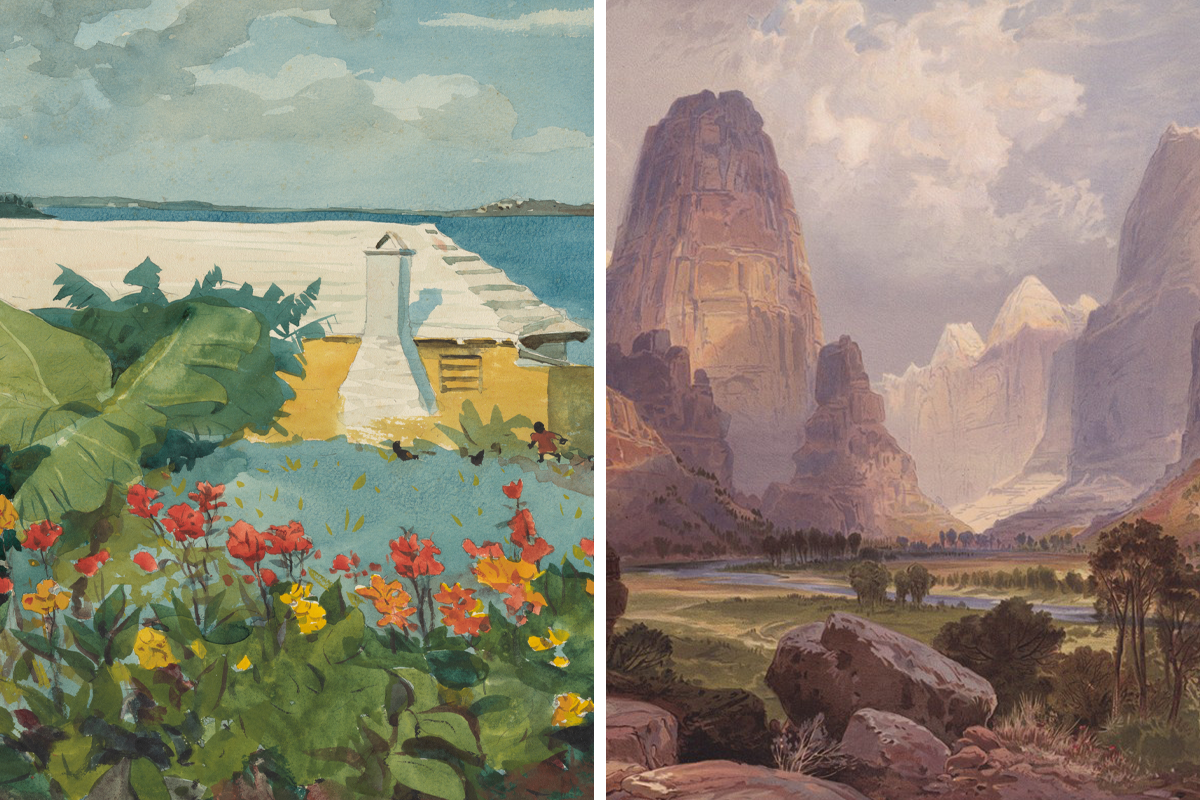
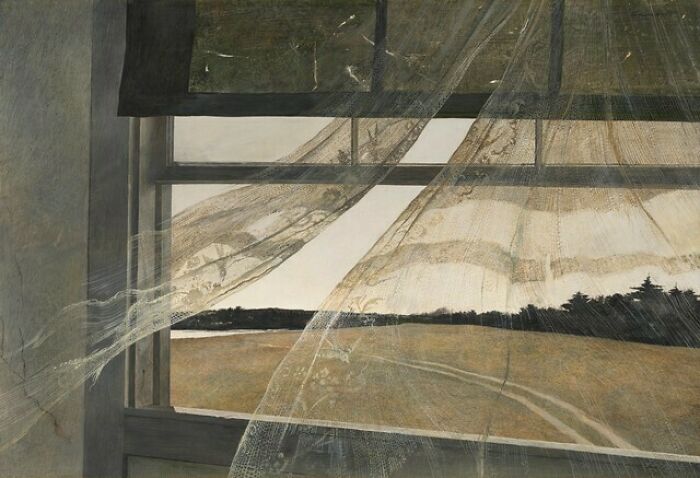

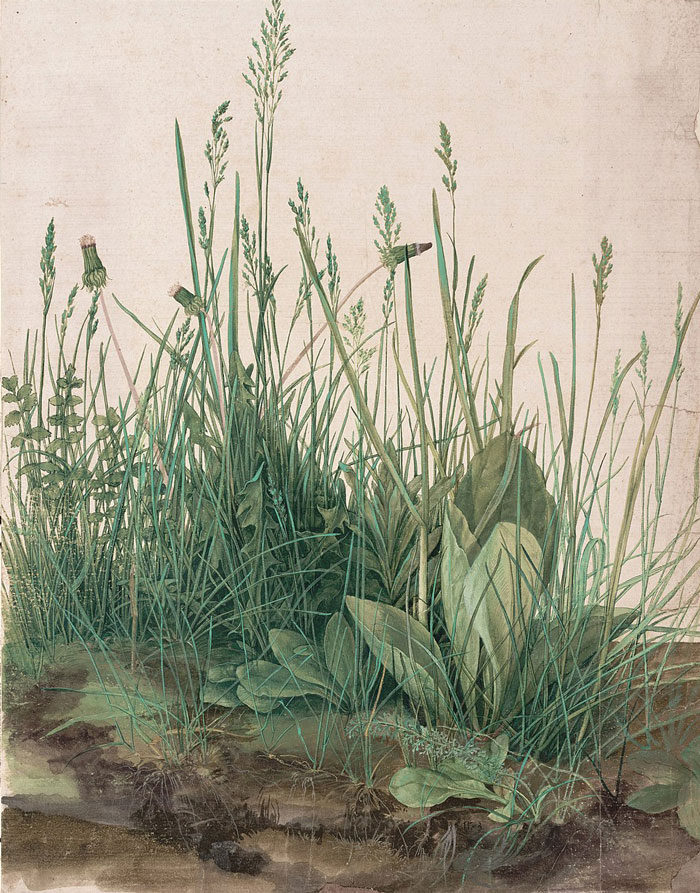
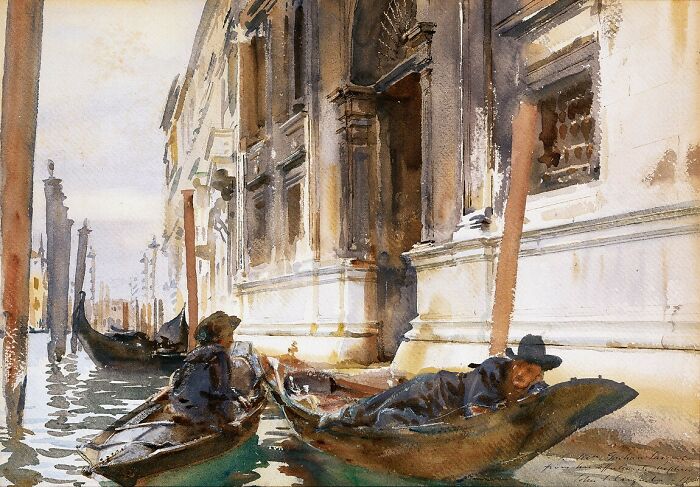
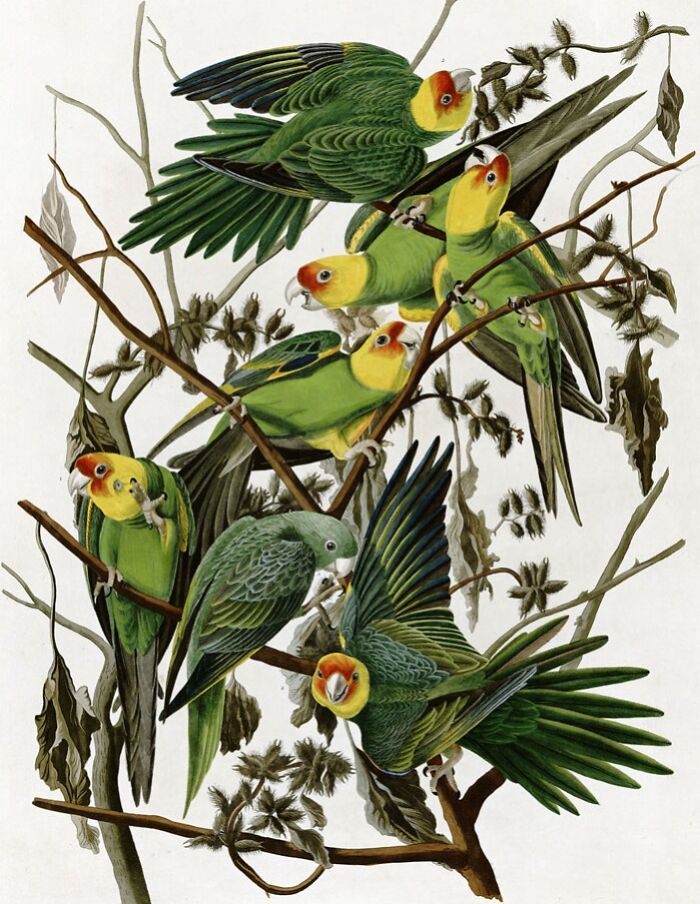
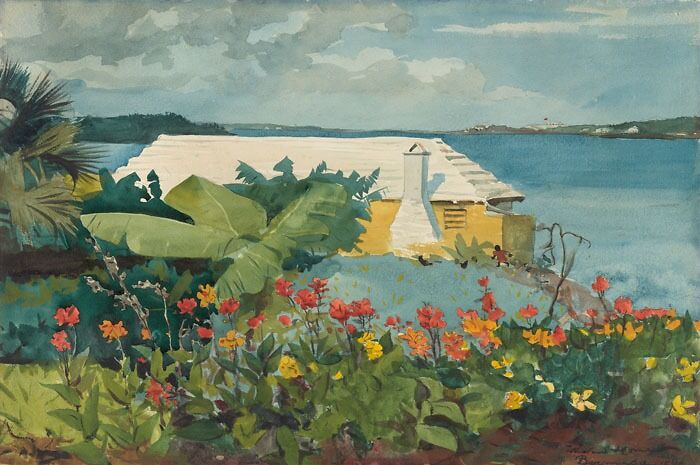
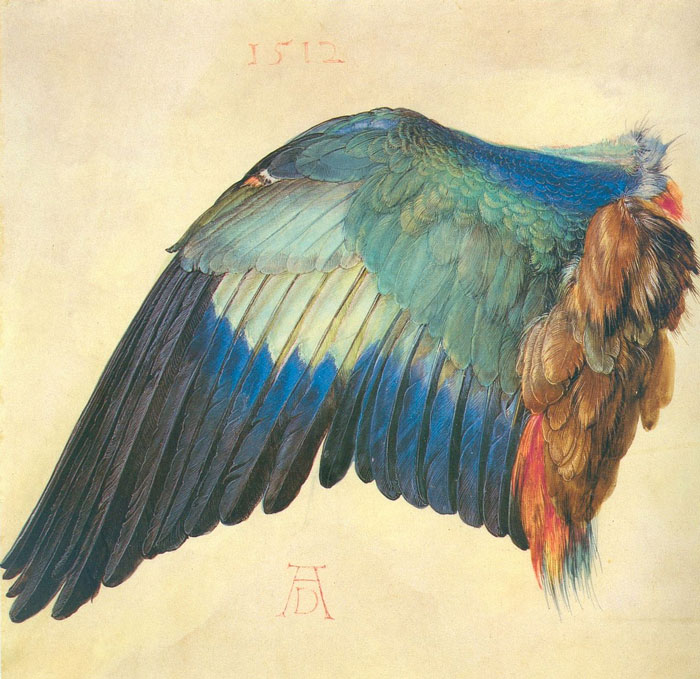
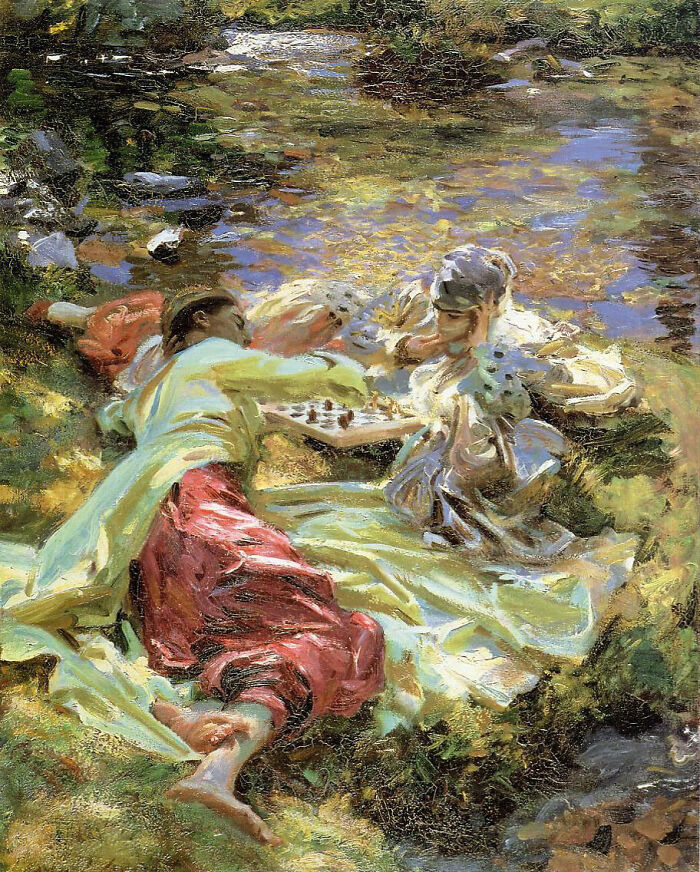
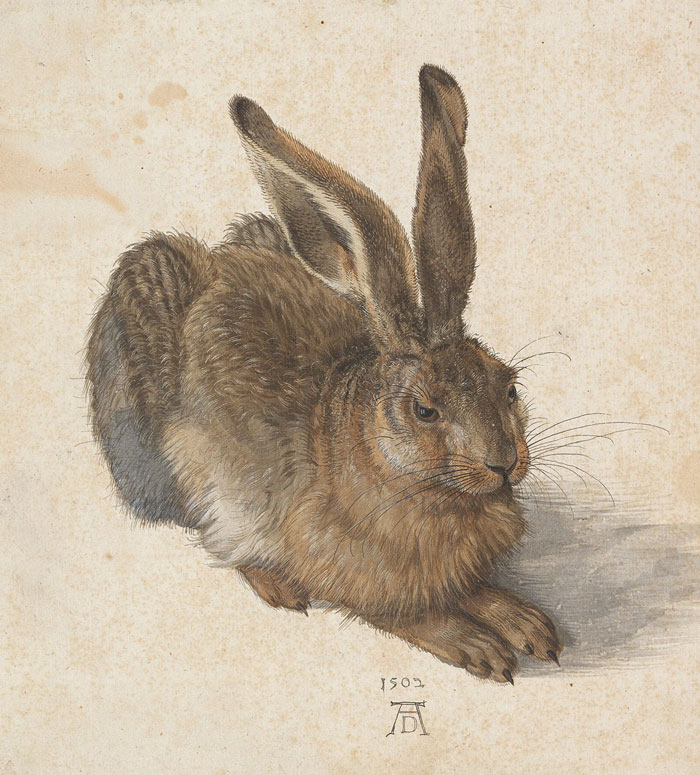
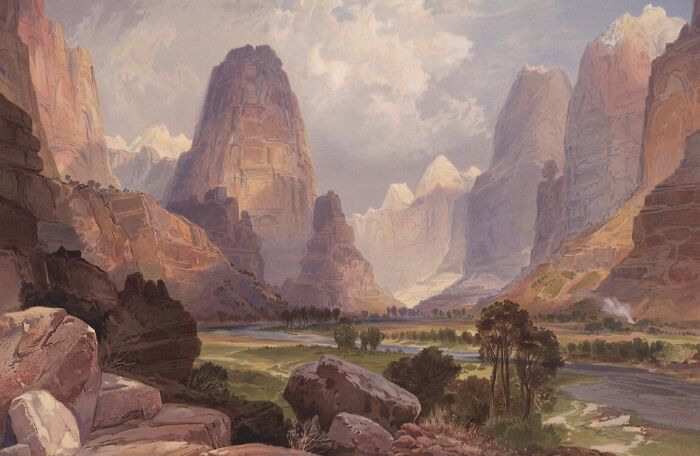
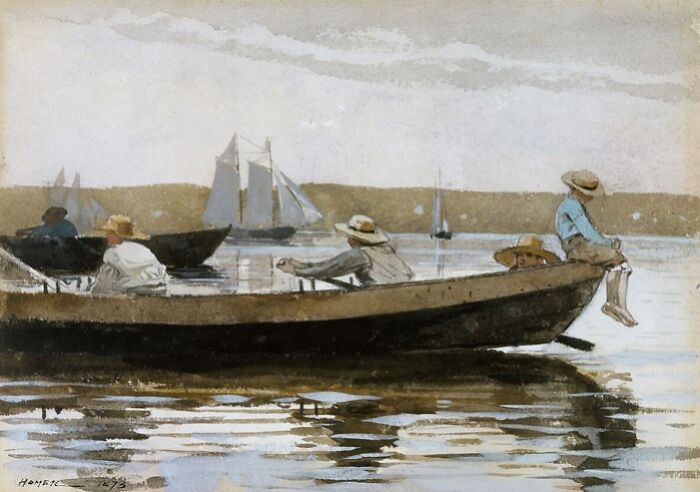
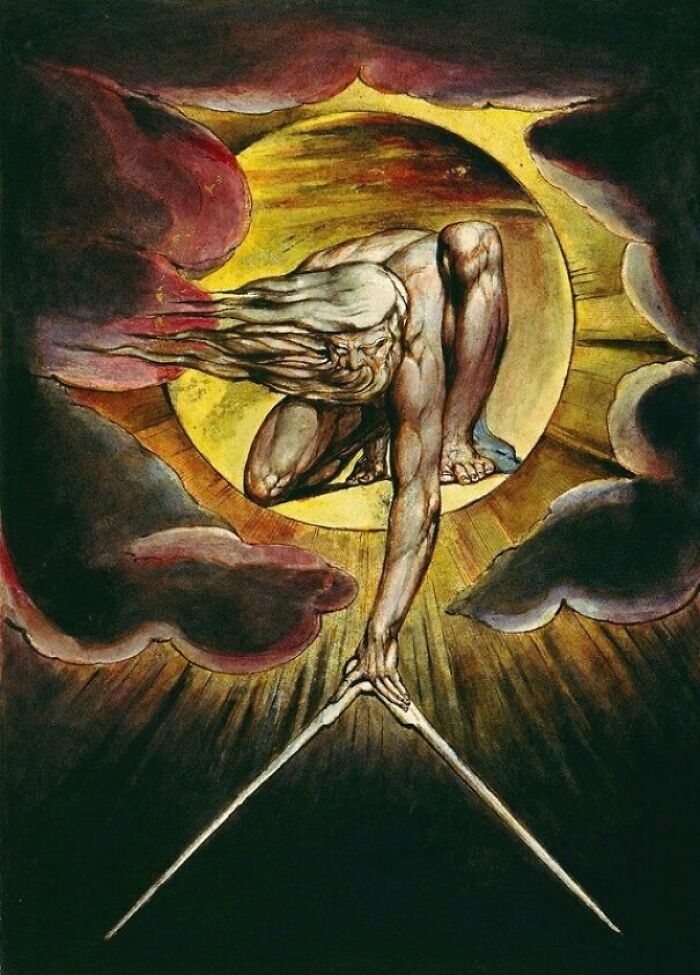
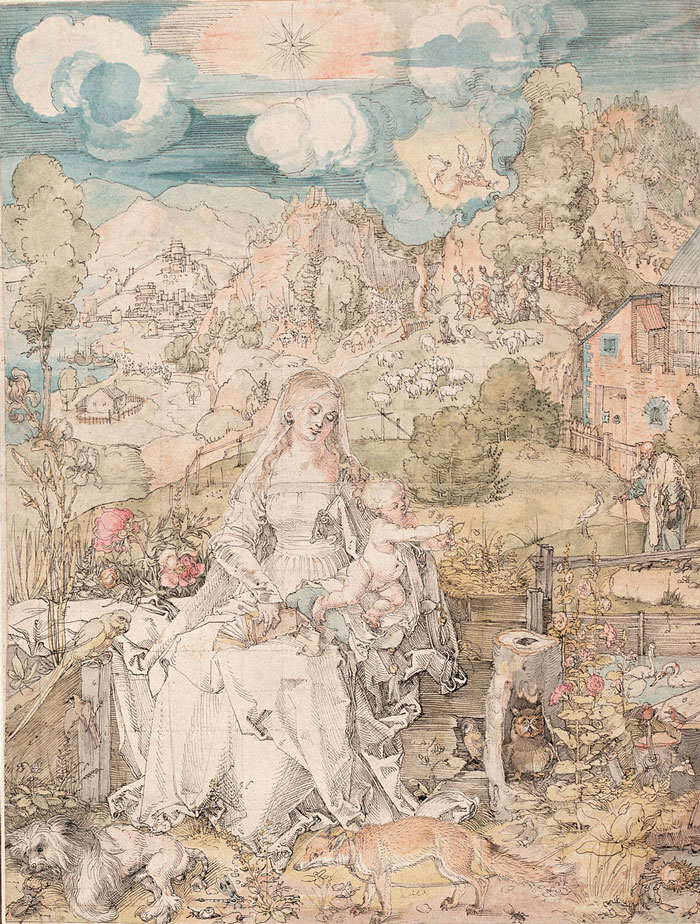
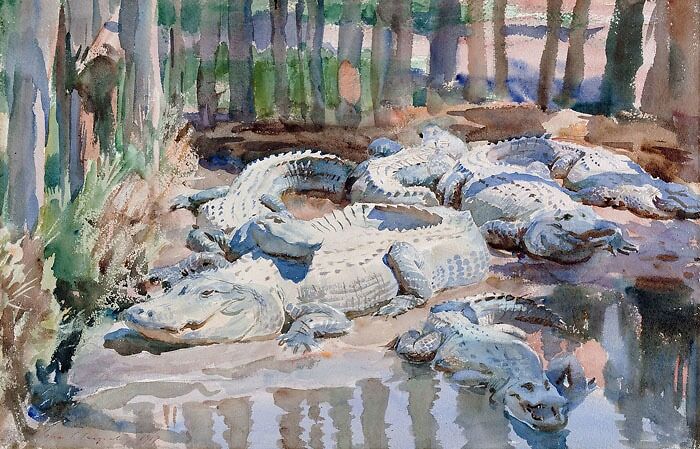
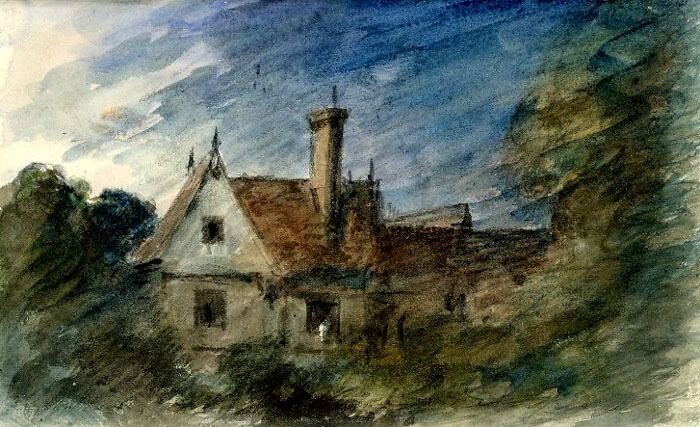
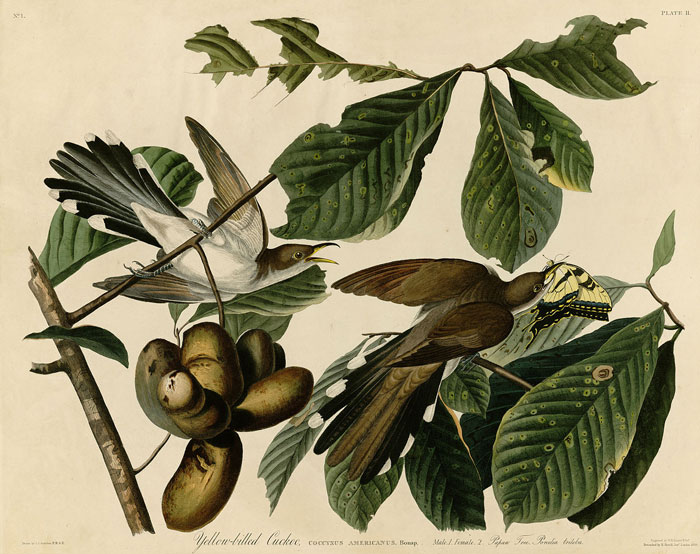
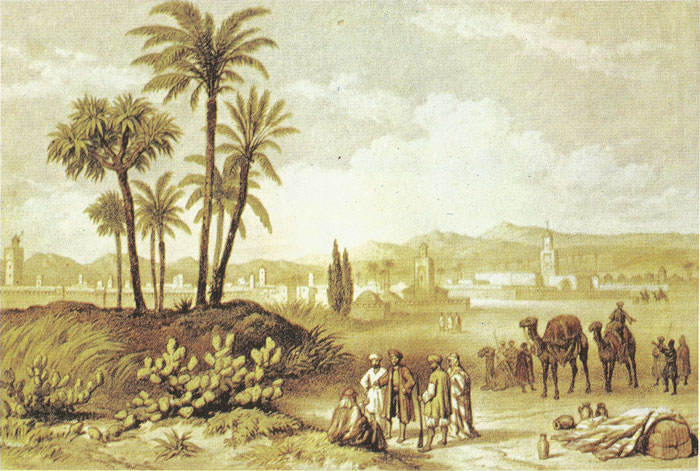
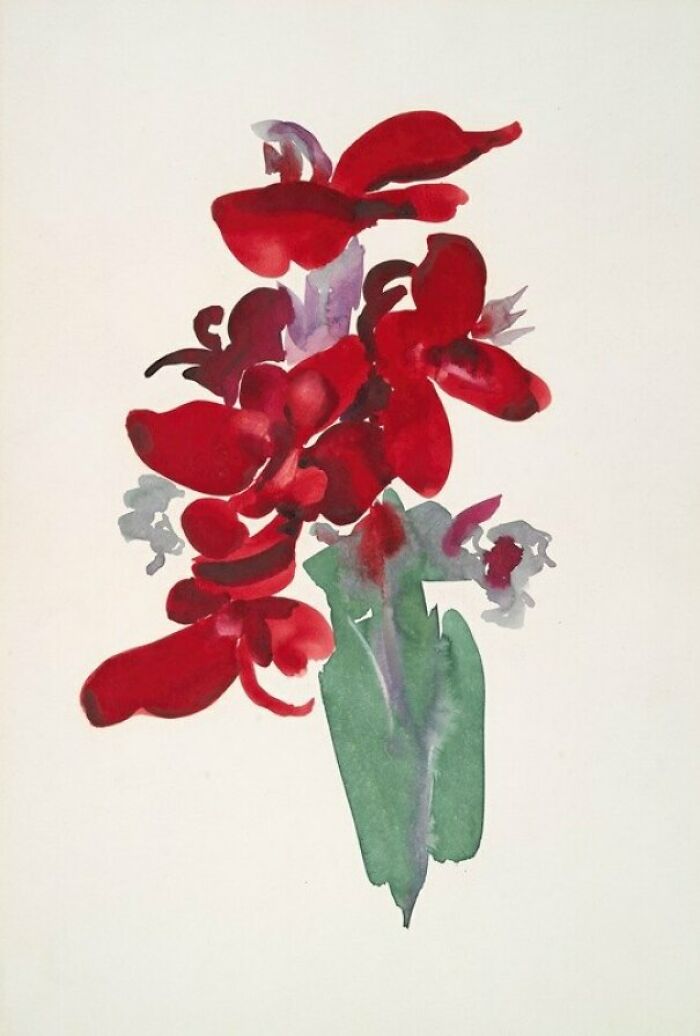
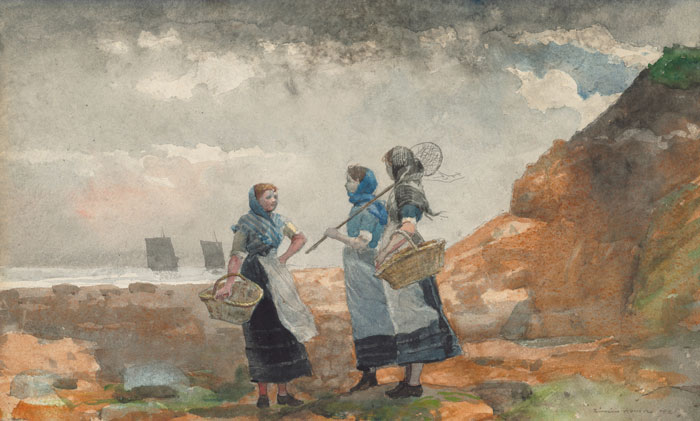
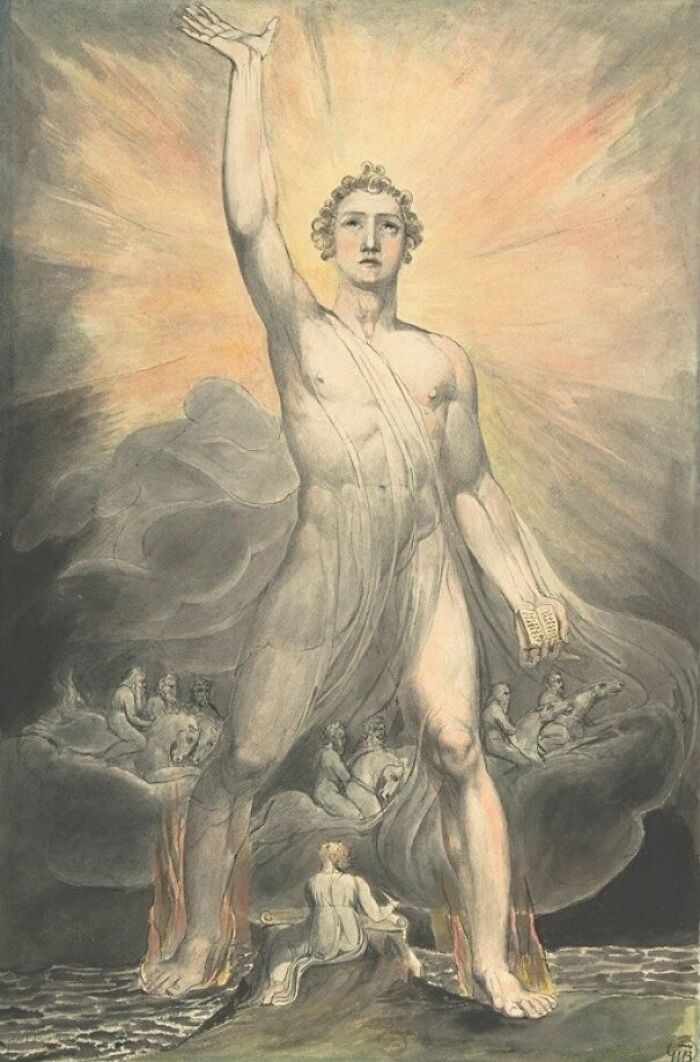
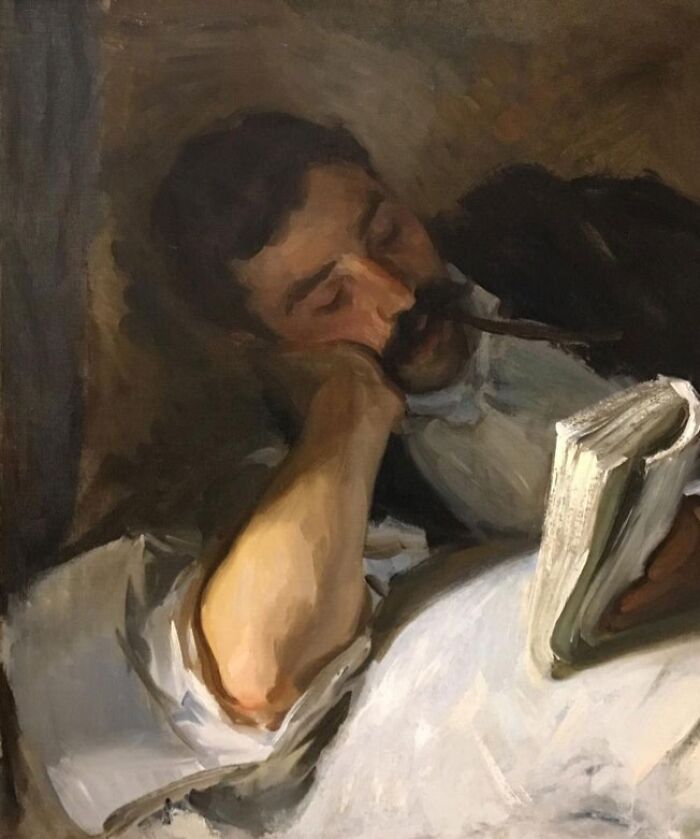
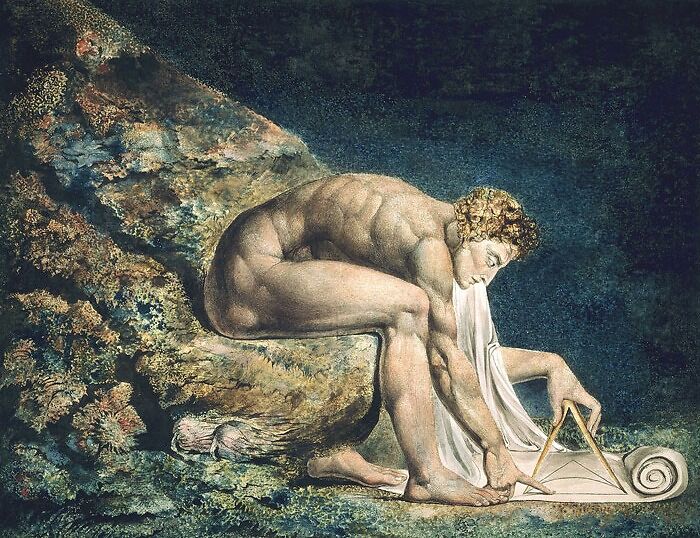
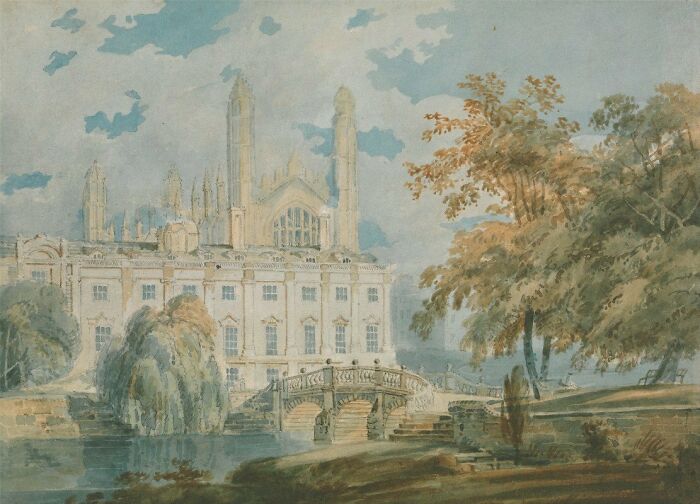
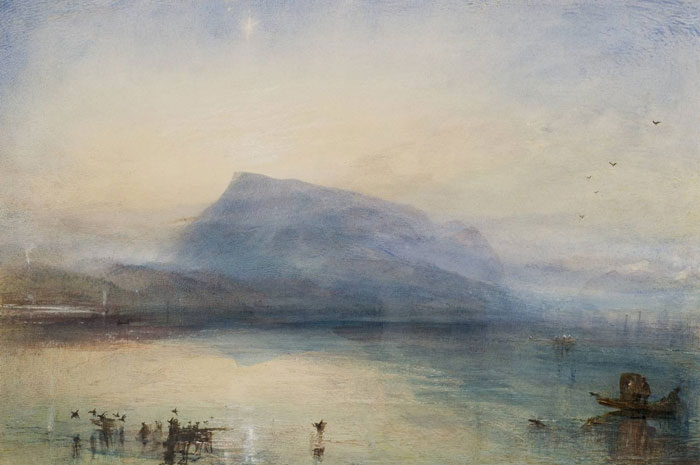
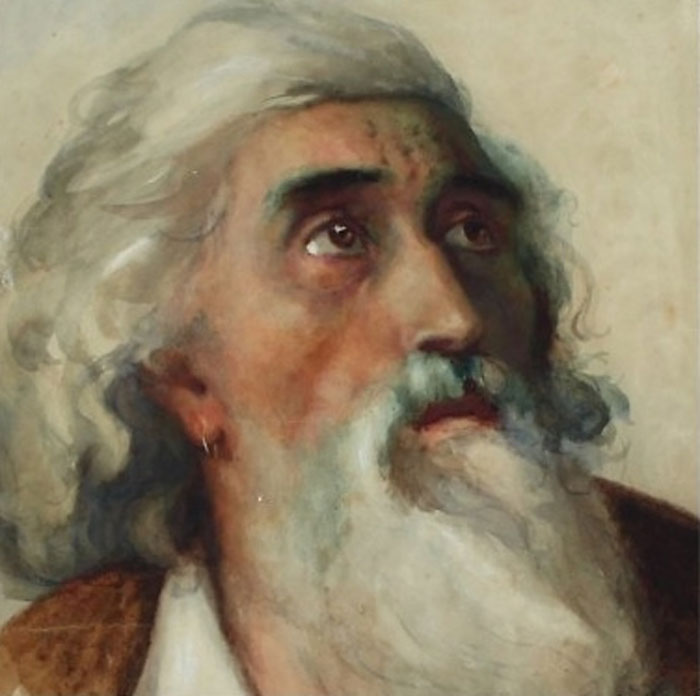
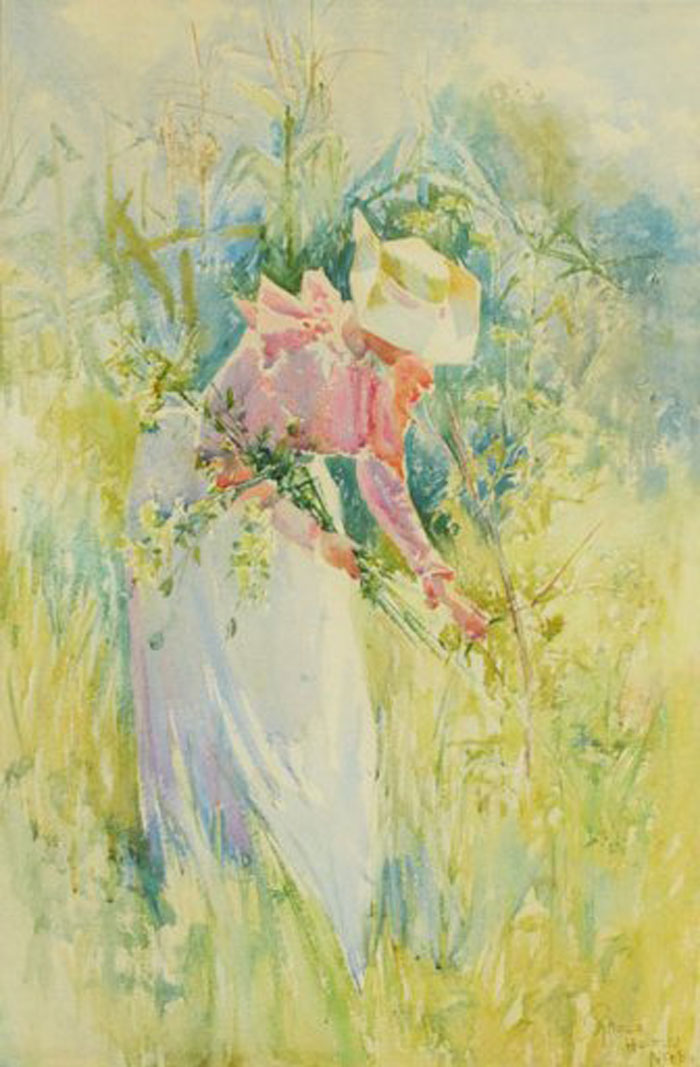
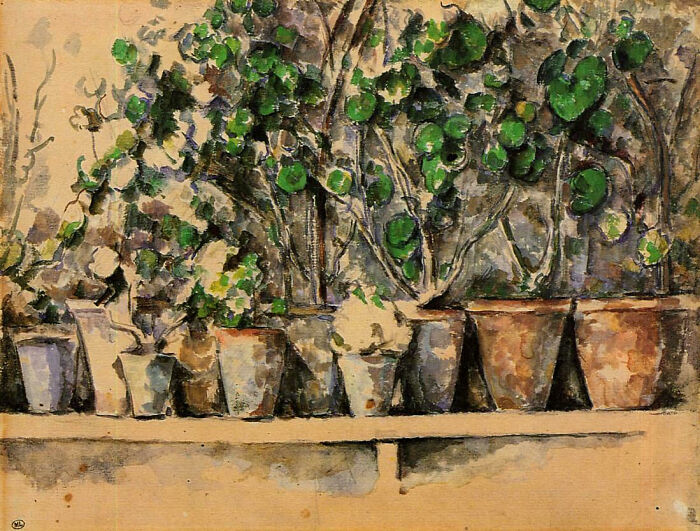
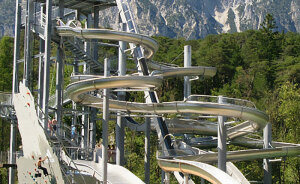



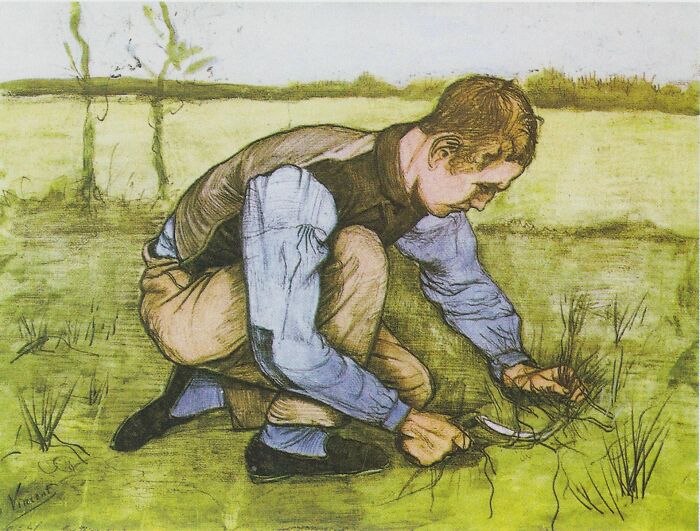
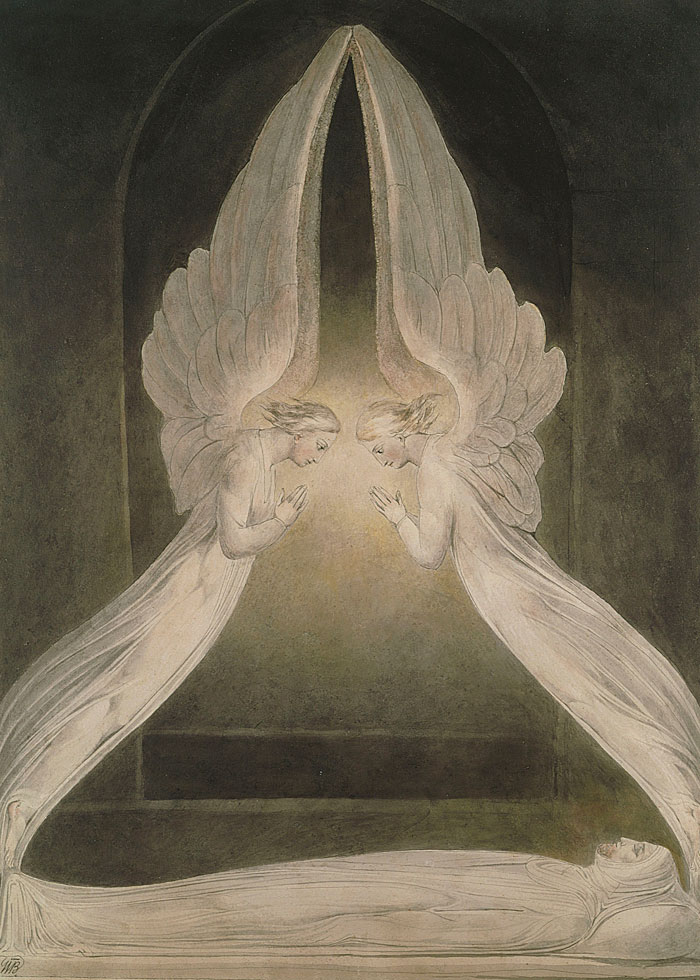

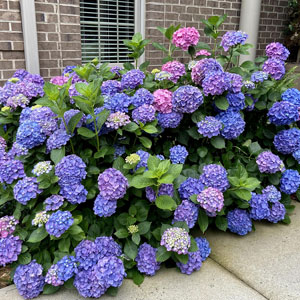
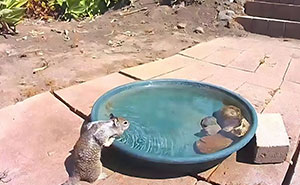

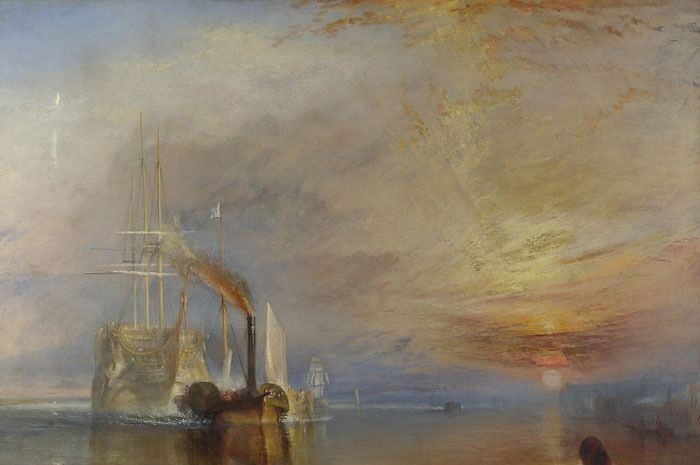
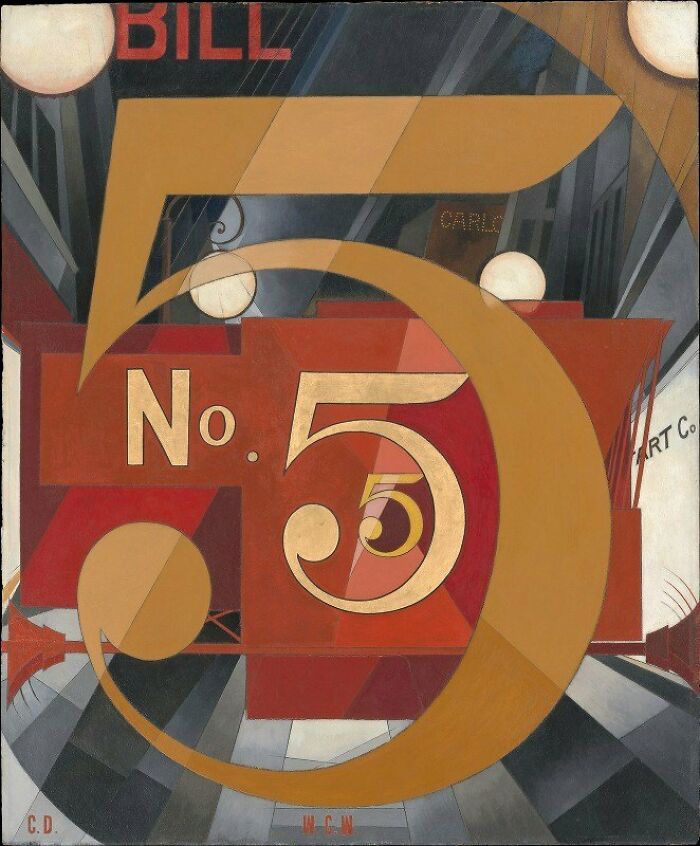




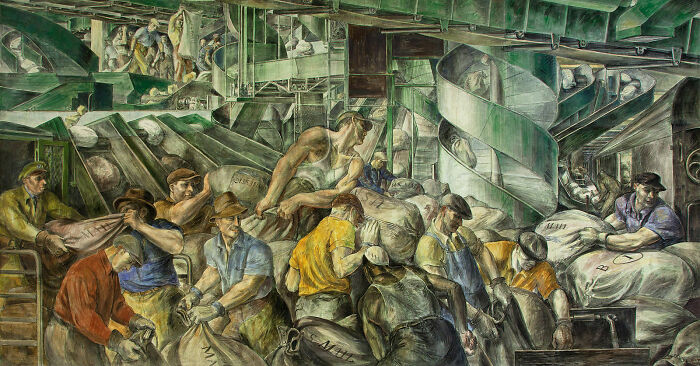
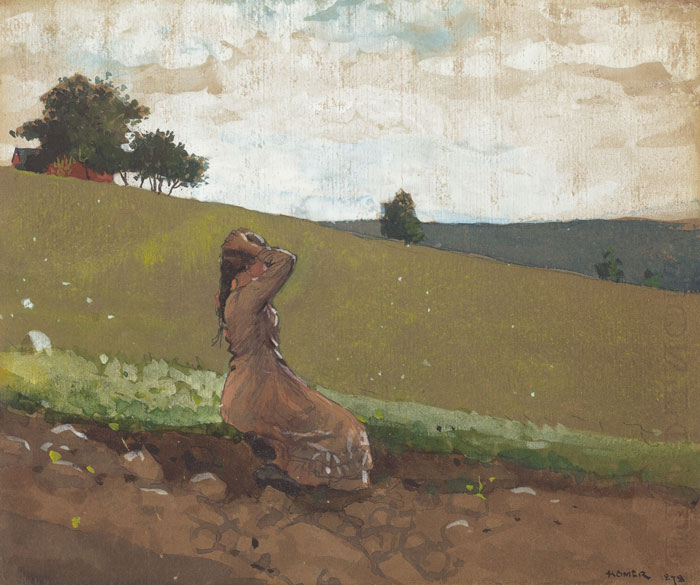
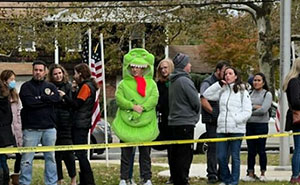



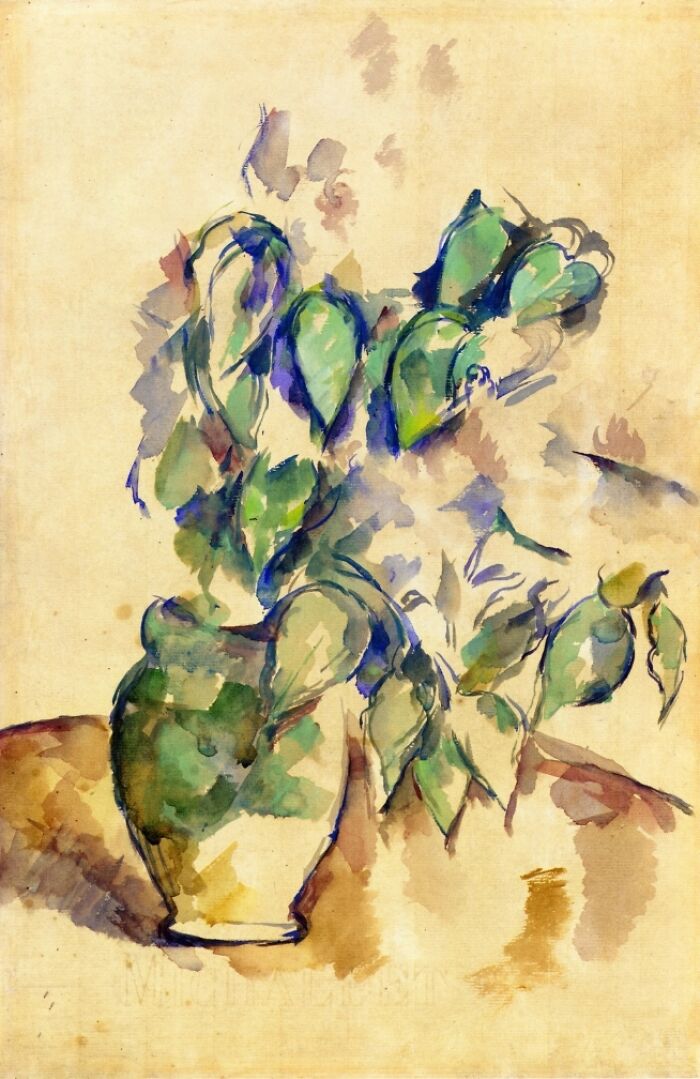
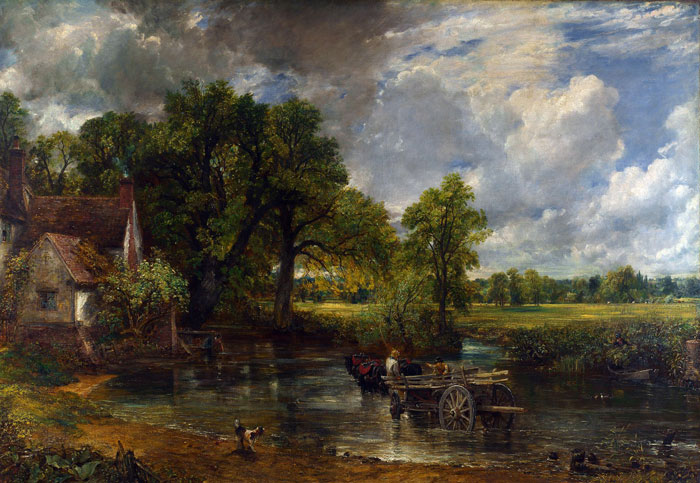
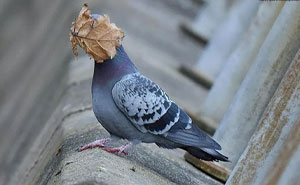
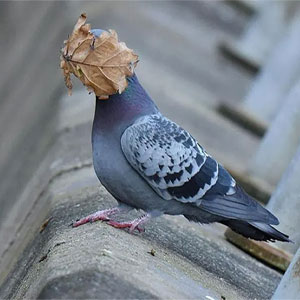


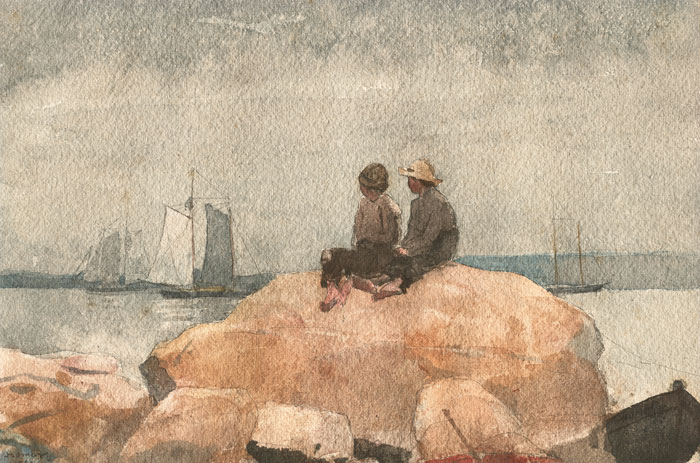
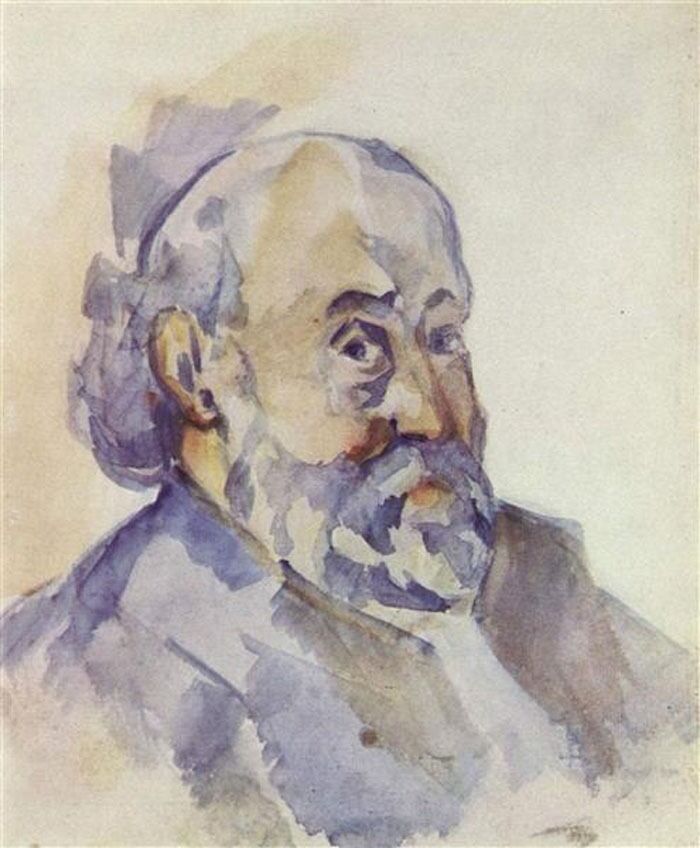




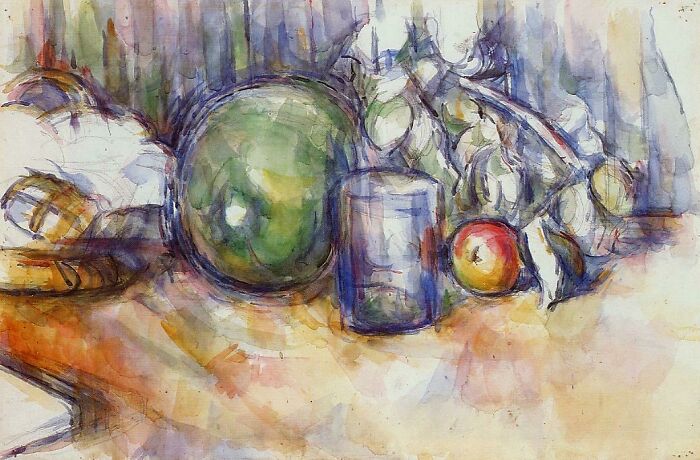
__700.jpg)




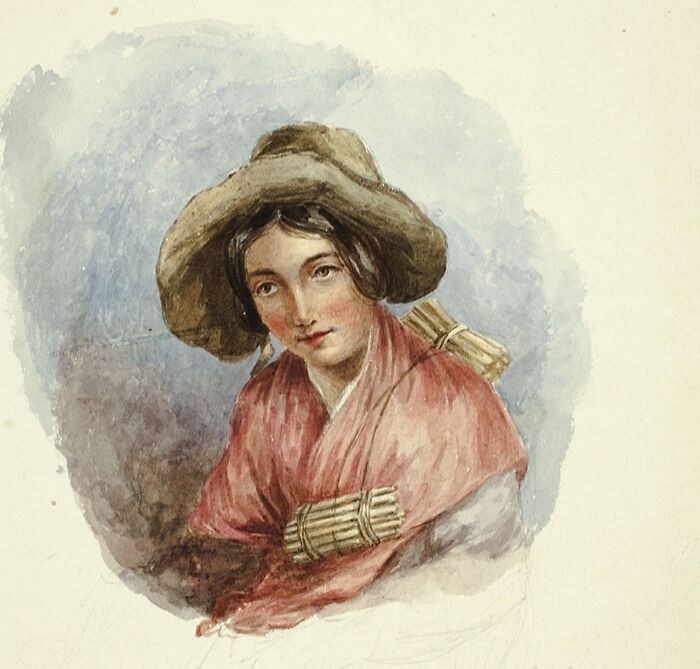
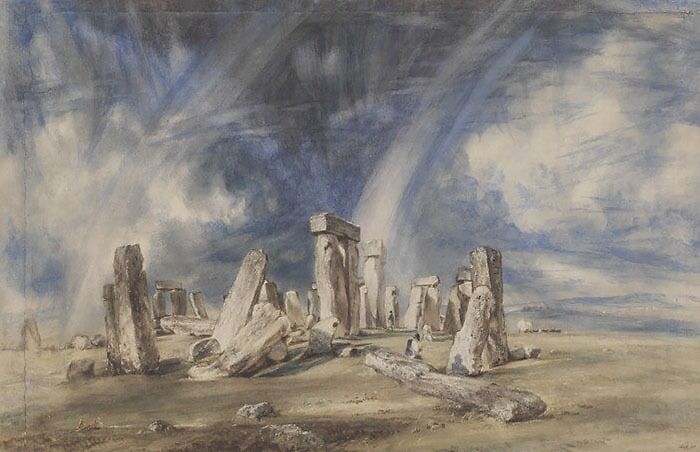
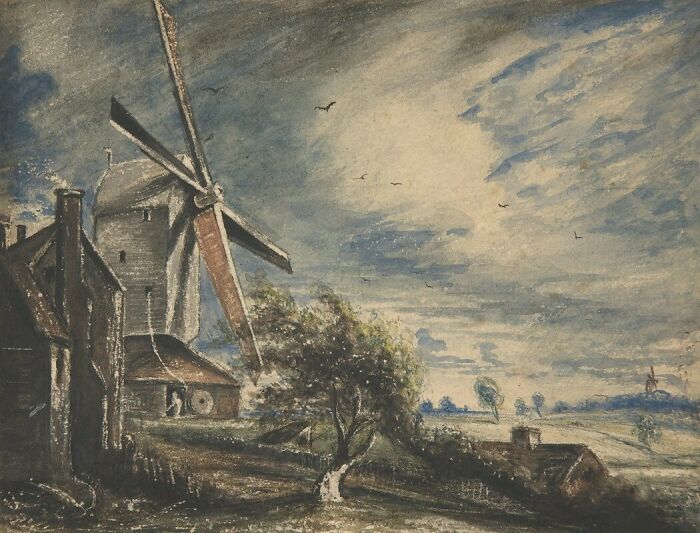
__700.jpg)
